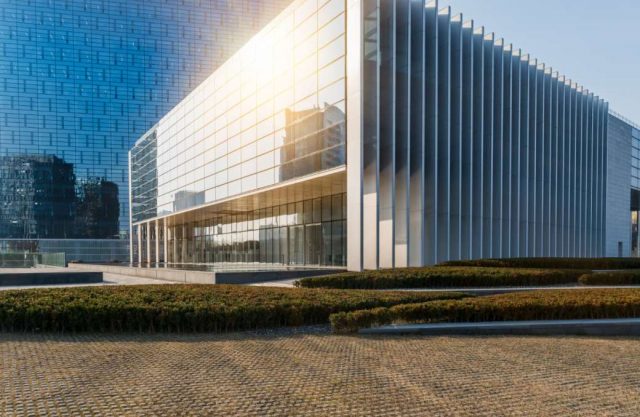Steel frames have been revolutionizing the construction industry due to their durability, strength, and versatility. In the past, constructing large buildings that required large open spaces was a daunting task, often requiring the installation of interior columns for support. But thanks to steel frames, this is no longer the case. Steel frames come in different types, each with its unique advantages. So, whether you’re constructing a warehouse, office building, or retail space, read on to discover which type of steel building frames are best suited for your project.
I. Clear Span
Clear-span frames are characterized by their ability to span a large distance without interior columns or supports. These frames are ideal for buildings that require large open spaces, such as warehouses, airplane hangars, or sports arenas. One of the advantages of clear span frames is that they provide maximum usable floor space and flexibility in design. They can also be customized to meet specific project requirements and offer a cost-effective solution for large building projects.
II. Modular
Modular frames consist of pre-fabricated steel modules connected on-site to form the building frame. These frames are highly versatile and can be used for various building types, including office buildings, schools, and retail spaces. One of the main advantages of modular frames is that they offer a high level of customization and flexibility in design. They are also quick to assemble and can be easily disassembled if the building needs to be relocated or expanded.
III. Single Slope
Single slope frames are characterized by a sloping roof that extends from one side of the building to the other. These frames are often used for retail buildings, strip malls, and office buildings. One of the main advantages of single slope frames is that they offer an aesthetically pleasing design that can be customized to meet the project’s specific needs. They are also highly cost-effective and provide a low-maintenance solution for building owners.
IV. Multi-span
Multi-span frames are characterized by their ability to span large distances while providing interior support columns. These frames are ideal for buildings that require a combination of large open spaces and smaller rooms or offices, such as manufacturing facilities or medical centers. One of the main advantages of multi-span frames is that they offer a high level of flexibility in design and can be customized to meet the project’s specific needs. They are also highly durable and provide a long-lasting solution for building owners.
V. Lean-to
Lean-to-frames are characterized by their ability to attach to an existing building, providing additional space and support. These frames are often used for storage buildings or additions to existing structures. One of the main advantages of lean-to-frames is that they provide a cost-effective solution for expanding existing buildings without needing a full-scale construction project. They are also highly customizable and can be designed to match the existing building’s aesthetics and functionality.
In conclusion, steel building frames have revolutionized the construction industry by providing a durable, strong, and versatile building solution. Different types of steel frames are available, each with unique advantages that cater to specific project requirements. Choosing the appropriate type of steel frame for a project is crucial to ensure a successful construction outcome that meets the client’s needs and requirements.

Speaks from heart, always too passionate and driven by emotions. Spins the words with kindness & sharpness, intriguing your ever-inscrutable minds.




